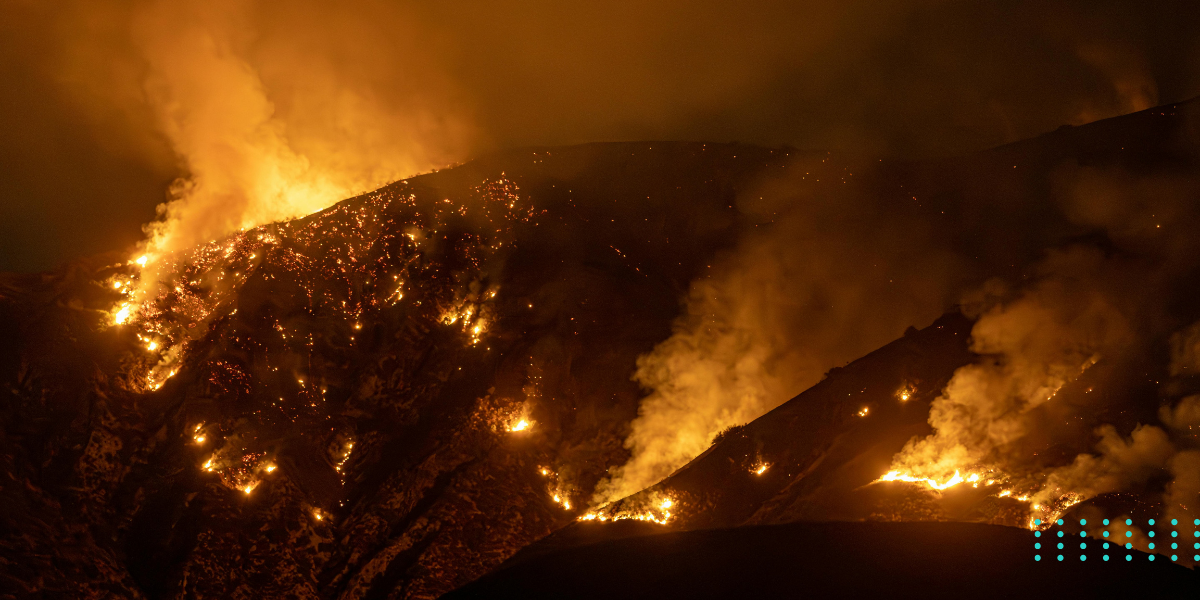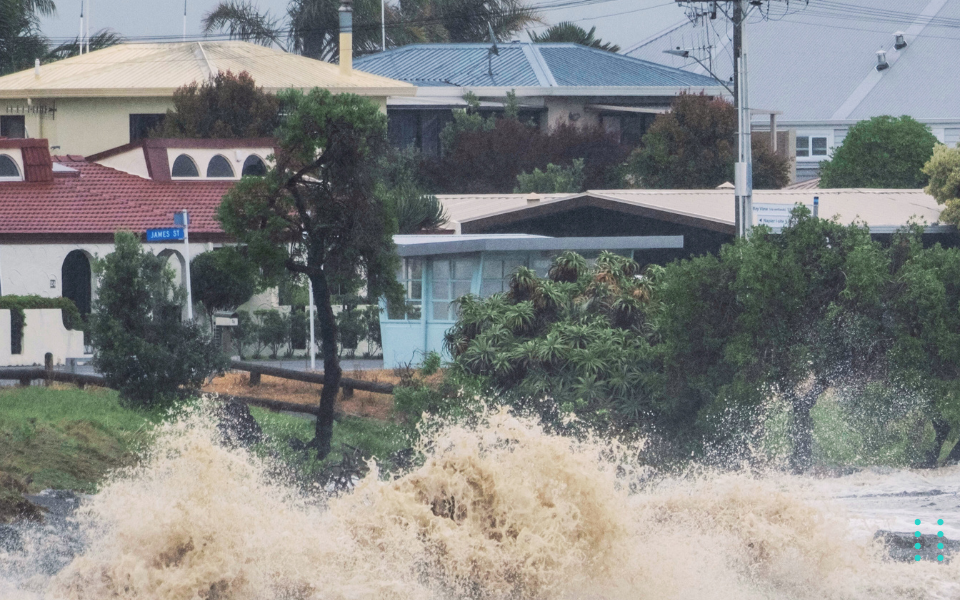
5 Top Tips for a Safe and Merry Christmas
December 17, 2024
Running a Business? Here’s our Top 6 insurance policies to keep you covered
January 22, 2025A series of wildfires earlier this month in Los Angeles, California caused widespread devastation, resulting in at least 24 deaths and the destruction of more than 12,000 homes and structures. Some estimates have the total economic cost of the fires at over USD 250b (over AUD 400b) and it is widely reported that insured losses will easily exceed USD 20b (AUD 32b). This catastrophe has understandably resulted in concerns over the impact of the reported insured losses on global insurance premiums… including here in Australia.
Australian Property Insurance Premiums – already on the rise
In its Australian Insurance Industry Snapshot published in July 2024, the Insurance Council of Australia shared the following concerning statistics:
• Natural disasters have caused more than $34b in insurance claims in Australia since 2010, split between flooding (38%), storms and hail (34%), cyclones (18%) and bushfires (10%).
• In Australia, around 1 in 12 properties (1.2m) have some level of flood risk. Of these, at least 230,000 are at risk of flooding every 20 years.
• 5.6m Australian homes are at risk of a bushfire.
• Australia’s population continues to grow in places with greater exposure to storms, floods, bushfires and cyclones.
• The cost of repairing or rebuilding a home in Australia is now 27% higher than it was at the start of the COVID-19 pandemic.
With greater exposure to severe weather events and sums insured having increased by almost 30%, it is not surprising to note that property insurance premiums in Australia have been on the rise. Additionally, we are witnessing a notable reduction in the availability of insurance for property owners with properties in bushfire or flood-impacted areas.
Concerningly, as a result of the reduced availability of insurance in some areas and substantial premium increases across the board, more property owners are either not able to continue to insure their properties or are doing so but are underinsured. This places additional pressure on an already distressed insurance market as the total premium ‘pool’ in the market is not as high as it needs to be to allow for more sustainable pricing.
What does this mean for Australian property owners in 2025
The Insurance Council of Australia has reported that in 2023, the USA property and casualty insurance sector lost USD 21.2b despite a 10% growth in premiums. With an additional USD 20b in insured losses expected from the recent fires, a portion of which will be borne by the global reinsurance market (the insurance that insurers purchase), it is widely expected that Australian property insurance premiums will continue to rise throughout 2025.
Unfortunately, there is limited scope to reduce potential premium increases. That being said, there are a number of steps you can take to best position yourself for your next renewal.
Tips for your next Home or Property insurance renewal
We’ve included some tips below:
1. Start the renewal process early and request that your renewal quotations be sent to you with plenty of time before your current policy expires – an earlier start means more time to negotiate with insurers and more time to consider your options.
2. Put your best foot forward with accurate and detailed underwriting information.
a. Home insurers may apply an indexation to your sum insured. This has the effect of increasing your sum insured which means an increase in the values upon which your premium is based. If you believe that the sum insured is high it might be worth obtaining a valuation for insurance purposes. If the indexed sum insured is indeed too high, a valuation will allow you to request a reduction from your insurer.
b. For commercial or business property, consider obtaining a Risk Survey Report to present to insurers (we can help you with this). Many commercial property insurers will not provide quotations for certain properties without a Risk Survey Report, so if you have one and it presents your property in a positive light, you will likely have more options and ideally be in a position to benefit from competition amongst insurers.
3. Proactively manage your exposure to fire, storms and flood and be sure to disclose the risk management measures you have taken to your insurers (via your broker). For example, if your property is in a bushfire prone area but you have undertaken considerable land clearing to manage the risk of fire from adjoining bushland, disclose this to your insurer (or broker) and attach photos.
4. Consider the insurance implications of any potential new property purchases – when buying property for investment purposes, the difference in insurance costs between a property in a bushfire or flood prone area and one that is not can be substantial and in a worse-case scenario can render the investment a failure. Engaging with an insurance broker ahead of a proposed purchase will allow you to make an informed decision.
These are just a few tips. Every property is different.
If you would like more information or require any assistance, please do not hesitate to CONTACT US.
Author: Sam Giorgatzis
References:
Australian Insurance Industry Snapshot published in July 2024 https://insurancecouncil.com.au/wp-content/uploads/2024/07/INCA015-Fact-Pack_v12_No-Crop-Marks.pdf
ABC article 14th January 2025 ‘ Insurance cost of Los Angeles wildfires may be felt in Australia’ https://www.abc.net.au/news/2025-01-14/los-angeles-wildfires-insurance-australia-costs-premiums/104804164
Please contact one of our advisers if you would like further information on this article.





